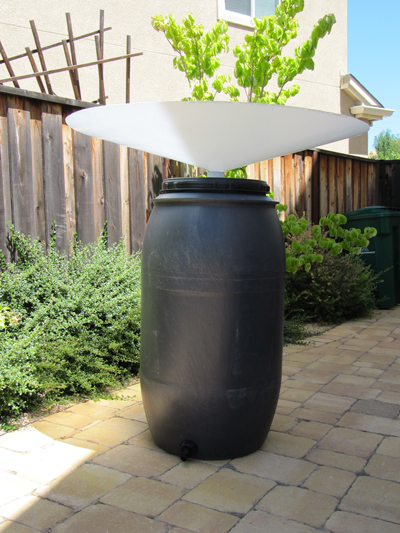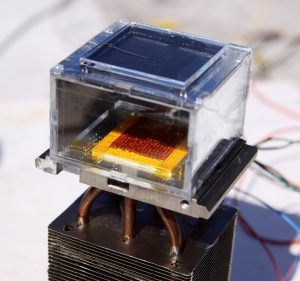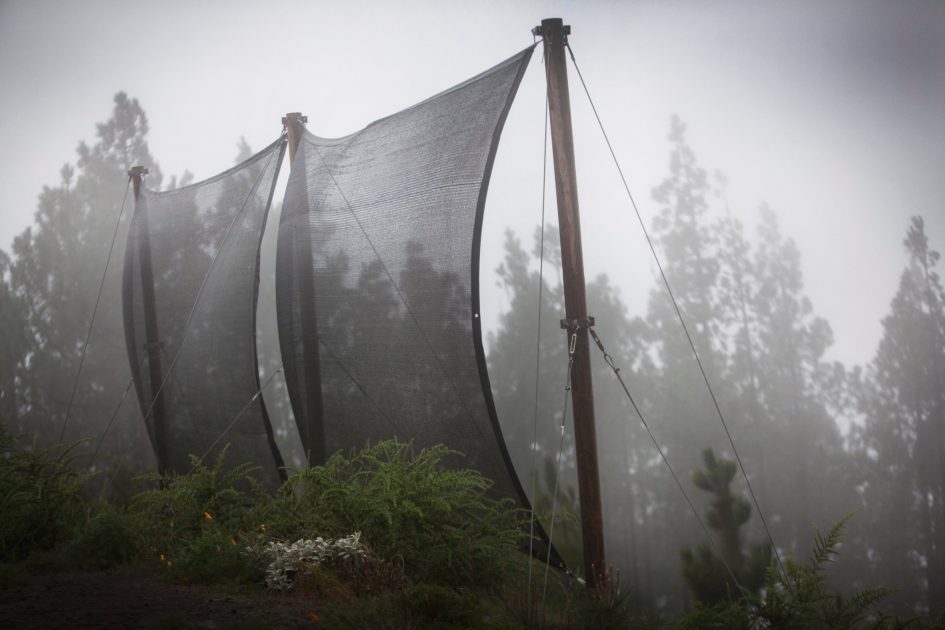If you are like me you know the standard method or technique of water harvesting, but I was curious to find out about other techniques of water harvesting.
When we think of water harvesting, especially rainwater harvesting, we may picture large tanks with PVC pipes feeding the water from the roof of our house into the tanks. However there are other methods to harvest water that are quite interesting. The method that we have in our garden uses large tanks and PVC piping. Let’s have a look at some of the type of water harvesting techniques that we might be able to implement in our homes.
The Standard Pipe and Tank Method
 You will see a lot of this type of water harvesting on this blog because it is very much the standard method.
You will see a lot of this type of water harvesting on this blog because it is very much the standard method.
The basics of it merely require that you channel the water through piping into a storage tank or a sump that is sunk under the ground. Collection areas can be from your roof, along the gutters and into the piping system, or collection from the ground into a drain.
The above covers rainwater but the same can be applied to greywater. In this instance you would simply adapt your waste pipe system to channel into a sump with a filtration system instead of directly down the drain.
The RainSaucer
The RainSaucer is a very interesting technique and can act as a stand-alone unit instead of being attached to your house. It’s mostly used for smaller collection and just to water the garden, however there is no reason why you couldn’t put a large RainSaucer on top of your house to act like a roof. Might look very interesting. The evolution of green architecture perhaps?
Basically the RainSaucer is like an inverted umbrella on top of a rain barrel. When it rains the water collects in the saucer at the top and flows down a pipe in the centre into the rain barrel below. Very simple, but very effective.

Fog Collection
Have you ever heard of harvesting fog? I hadn’t until I was researching water harvesting and fog harvesting came up. This is probably one of the most interesting aspects of water harvesting that I’ve come across, and one that I should imagine is quite fun to experiment with.
Unfortunately where I live we rarely get fog, but if you’re in an area where you do get a lot of fog, possibly in a forest area or wetlands, maybe by the sea, then please try this out and let me know what it’s like because I would love to know.
The technique is one where you create a screen from plastic mesh. You can use the type of mesh that you would use for covering a gazebo or a carport, or maybe just a screen in your garden. You stand the screen upright, create a sturdy framework that won’t rust or rot and then put a trough underneath with a pipe on one end where the water can run and collect into a barrel below. The water from the fog collects in the mesh, drips down into the trough and then subsequently into the barrel below.
If you want to produce a lot of water however, this might not be suitable for home use as a large 40 square metre collector will typically produce 200 litres per day. So if you only have a one metre by one metre screen you will only produce 5 litres a day. That’s actually not too bad and it can be used as drinking water provided it doesn’t get contaminated running through the trough, but still most probably a good project idea.
One thing you could use it in conjunction with though, which just came to me, is garden or balcony screening.

Using Sunlight to Harvest Water
This reaches into the hardcore scientific areas and definitely not for the faint of heart. From what I can find out there have been a few experiments done and still more studies being undertaken, but the purpose behind it is mostly to generate water in desert areas where there is no rain and as little as 20% humidity.
 One such study was a joint venture between Massachusetts Institute of Technology and the University of California. Omar Yaghi and his team used a type of material called a metal-organic framework or MOF for short.
One such study was a joint venture between Massachusetts Institute of Technology and the University of California. Omar Yaghi and his team used a type of material called a metal-organic framework or MOF for short.
Invented mostly by Yaghi himself more than two decade ago, the structure comprises selected metallic and organic materials combined in a tightly packed matrix. Depending on the combination, the metals and organic molecules create rigid, porous structures capable of storing large amounts of particular gases and liquids. The latest MOF, developed with Evelyn Wang, is the only one to target water.
It uses a combination of zirconium and adipic acid and just under a kilogram of the MOF crystals were crammed between a solar absorber and a condenser plate.
As the ambient air diffuses through the crystals, water molecules attach to the surface. The sun then heats up the vapour, condensing it, and it then drips into a collection area.
Not something I would try at home, but I’m sure someone reading this has their interest peaked.
Another study was done by an Arizona based startup called Zeromass. Their innovation follows the thermodynamic principles of hygroscopy which is basically dehumidifying the air. So air is pulled into a unit using a fan and then hygroscopic materials absorb the water vapour. That water vapour is then collected in a condenser which flows into a reservoir. This whole process seems to be using solar panels but instead of generating power, they’re generating water.
It’s suggested that a single panel can capture between 2 to 5 litres of water daily but the costs are quite high though, so personally I think I’ll stay away from that. To get more information on the Zeromass system read the following article at relief web.
I’m sure there are other systems and techniques out there that I haven’t covered but I’ll probably cover them in future articles when I come across them. I’m also sure people will be inventing new ways to capture or harvest water, and also new filtration systems which may become more cost-effective. So as time goes by I’ll definitely keep you updated.


 I currently live in South Africa and we have recently started putting a rainwater harvesting system into our garden. I find the topic amazing and have done a lot of research with more to follow on different systems and even DIY options. I hope to share them all here.
I currently live in South Africa and we have recently started putting a rainwater harvesting system into our garden. I find the topic amazing and have done a lot of research with more to follow on different systems and even DIY options. I hope to share them all here.

